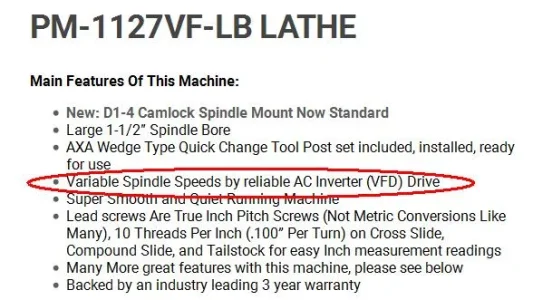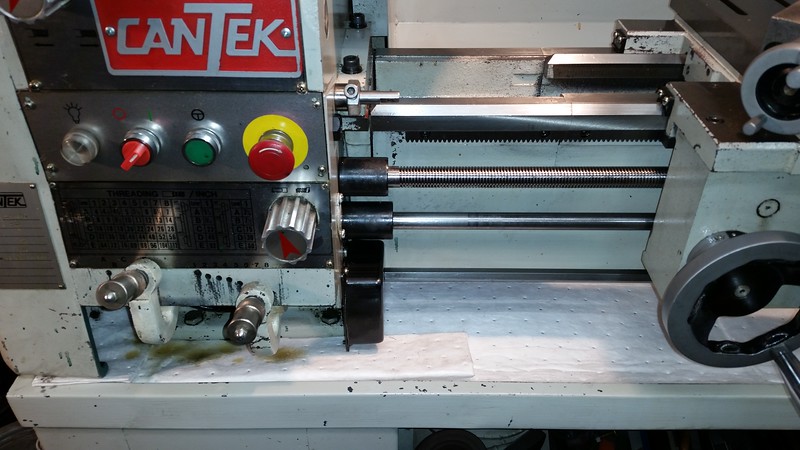A bit repetitive, but video shows the typical right to left threading up to a shoulder with half nuts always engaged (metric threads on in IMP machine).
My question is, why does his lathe stop on a dime like that? I don't have a brake, mechanical or electrical. But when I power off I have to allow for wind down deceleration. Do some machines have inductive off or something? His switch & knob looks different.
My question is, why does his lathe stop on a dime like that? I don't have a brake, mechanical or electrical. But when I power off I have to allow for wind down deceleration. Do some machines have inductive off or something? His switch & knob looks different.


